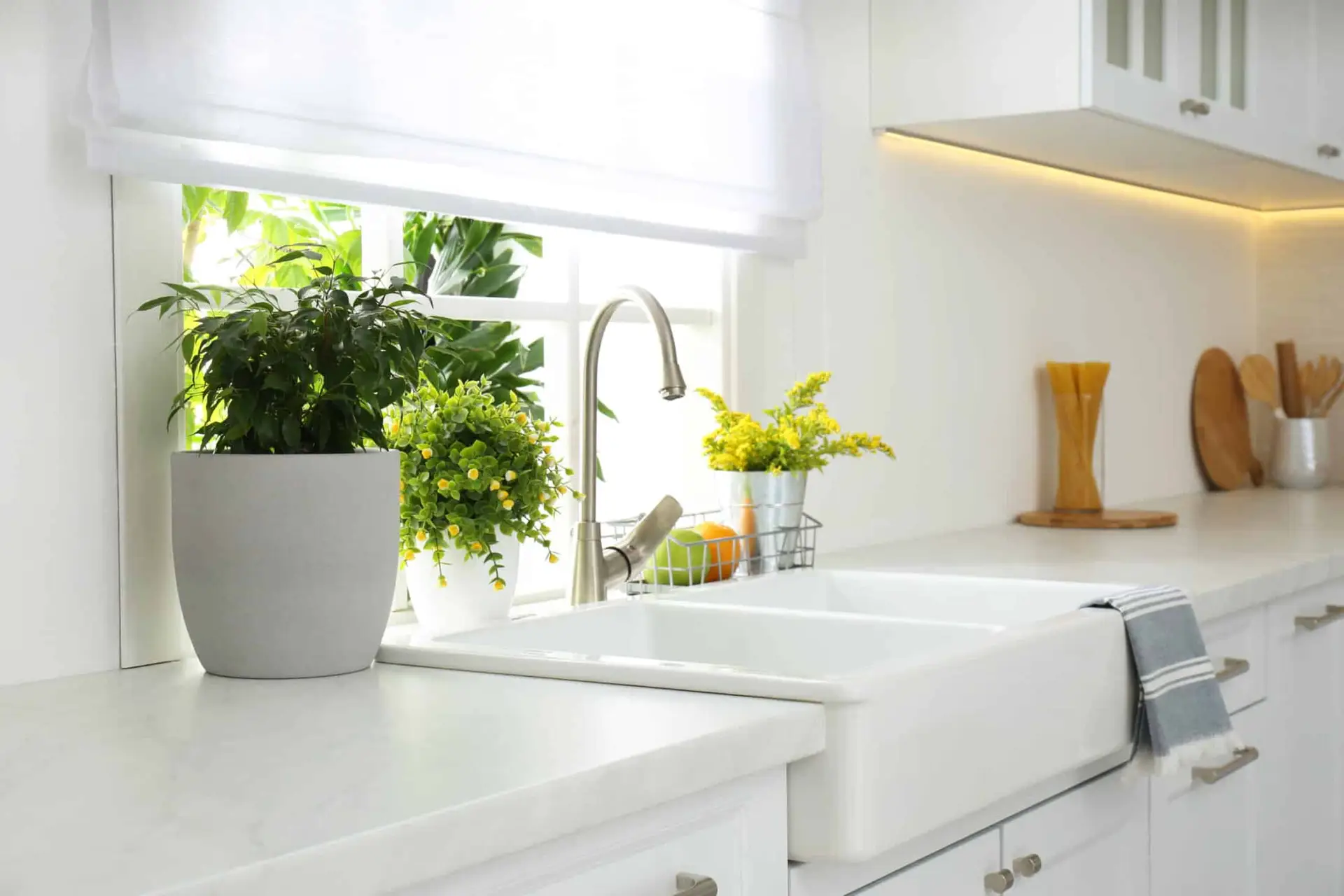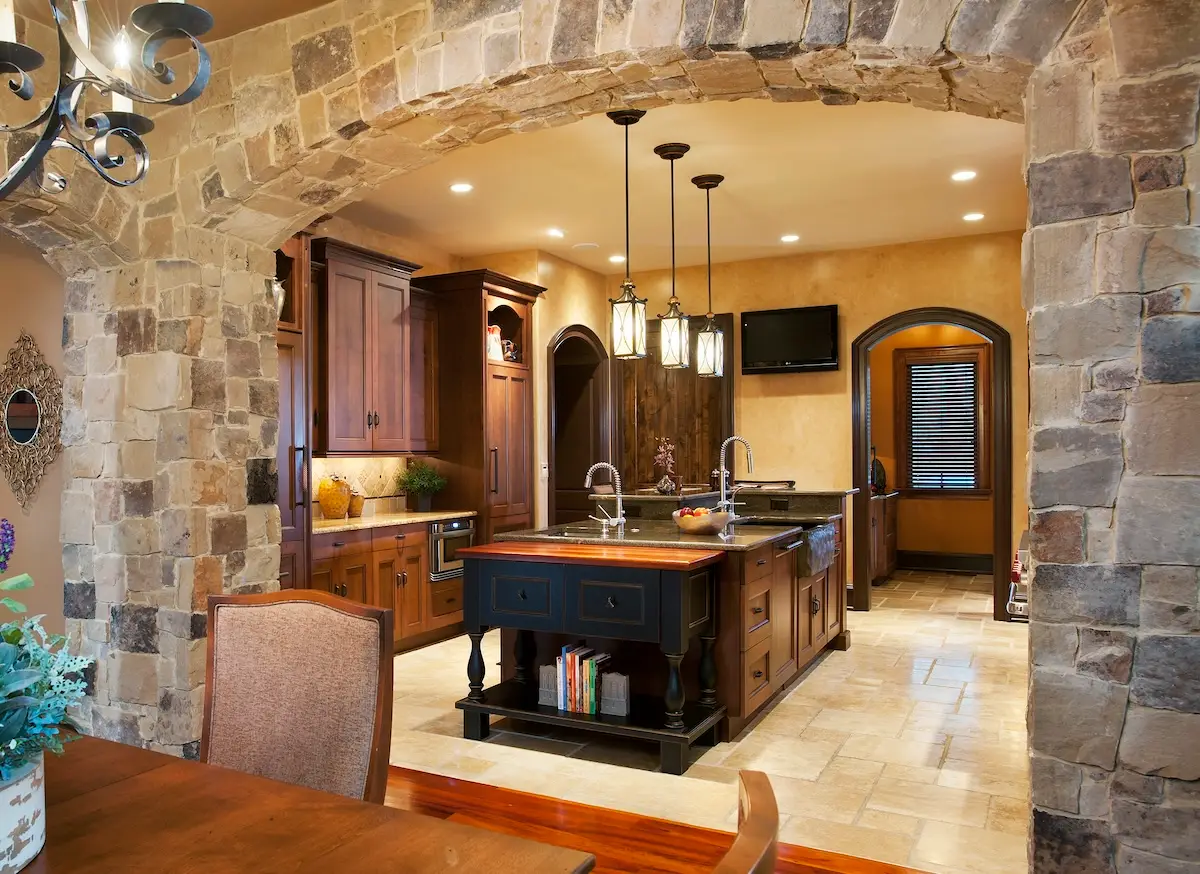The square footage of the American home has grown from just under 1,000 square feet in the 1950’s to nearly 3,000 in the recent years. After World War II, fueled by the decade of prosperity in the 50’s, and the new trend of American consumerism, the sizes of the average U.S. house began to grow in square footage. Consumerism, a new generation unexperienced by the Great Depression, new government programs and the appearance of credit cards all helped fuel the consumer to spend more and to take on more debt. This meant purchasing larger homes as well.
In 2012, when we designed the Philadelphia magazine Design Home we worked with Bentley Homes on “right-sizing” the home in a post-Great Recession era. To find a good balance between too big and too small. Then we saw homes begin to get larger again, especially for the segment of the market at the top end with the biggest home buying budgets, but lately the trend has reversed and homes are getting smaller again.


Going smaller can reduce maintenance and repair costs, energy costs, insurance costs, and sometimes real estate taxes. It is also greener, better for the environment, but it may have added benefits not measured solely in dollars and cents. Lifestyle choices or circumstances are leading to fewer people inhabiting more residences. There are more single parents co-parenting, which means two homes where there used to be one. Single/divorced people without children living alone, widow/widowers choosing not to enter a retirement community, same-sex couples without children; these are all mainstream lifestyles not as prevalent as decades ago. All these families usually require less square footage than the previously thought of “average” family with 2 parents, 2 to 3 kids, a dog, and a station wagon. Oh and a white picket fence, don’t forget the white picket fence.
Some Baby Boomers and their parents, so anyone from their mid 50’s to their late 90’s and beyond, are beginning to think about downsizing. The kids are gone and they may want to get a second home. Why keep the big house? Just so grandchildren can visit twice a year? They would rather go see the grandchildren in California instead of having the grandkids coming to them and make a mess and be bored. Good thinking, leave the mess at mom and dad’s house. Besides they have all their devices and friends there, it’s so much easier for 2 to fly than 5 to fly.
Obviously, the economics behind it are that smaller homes are less expensive to buy, but that isn’t always the case. People are finding they would prefer a premium new building with smaller square footage closer to a city center, than an older home with larger square footage and land to maintain, further out in the suburbs. Sometimes the newer smaller homes will cost more due to location. When comparing what is available in new construction, the square foot cost will be much higher in new construction closer to a downtown area. Still this is more appealing to many when considering the added convenience and other savings such as walking to restaurants, the gym, shopping, being able to give up one car with insurance, not having to drive in and out of the city for every event like shows and nights on the town with friends.

Some people are downsizing the main home to spend more time at their vacation home, or to buy the vacation home. Now that they no, longer must show up at an office, there is no reason to come home after the weekend, they prefer to spend more time at the second home.
Another trend affecting the square footage of homes is being able to work from anywhere at any time on any device, this is a huge game changer. We are now seeing every new home include a home office or study. We are no longer tied to our desks in an office building. We have clients who run multi-million/billion dollar corporations from planes, airport lounges, boats, beaches; from all over the world. It doesn’t seem to slow them down, if anything it speeds them up. All these socio-economic trends are affecting how we live and where we live. This in turn affects architecture and interior design.
If you live in a major metropolitan area you have probably seen more urban development of housing, and more infill development of small lots for housing. In the suburban setting, you probably have seen more tearing down of large old homes to build several homes where one once stood. This increased density will cause other trends to develop. Keep watching us as we’ll be watching the trends.










